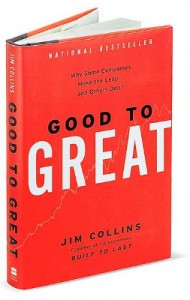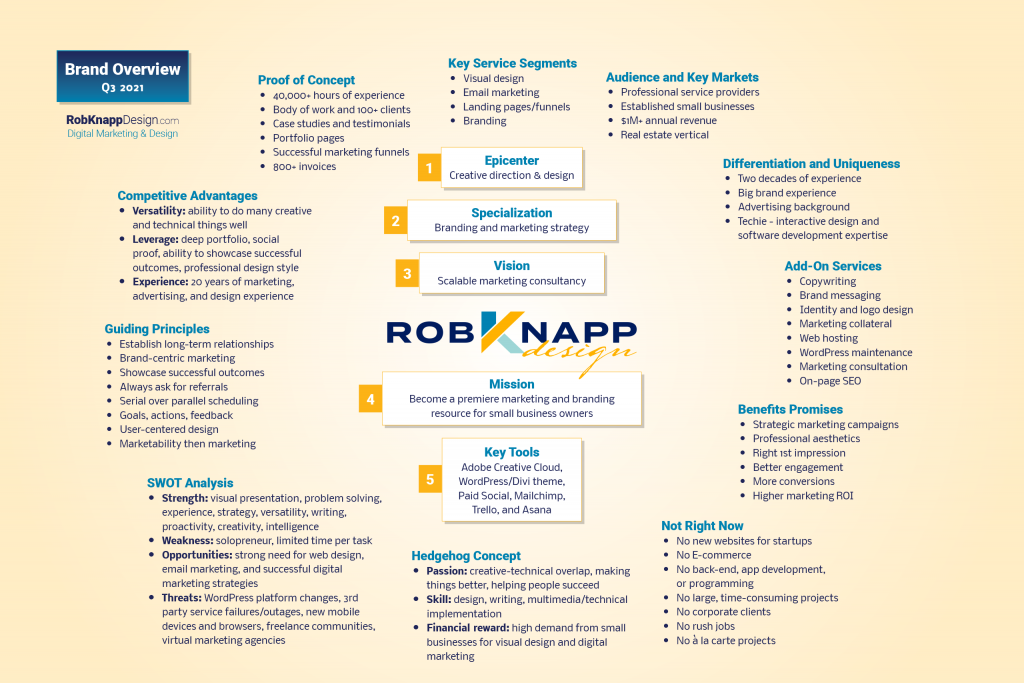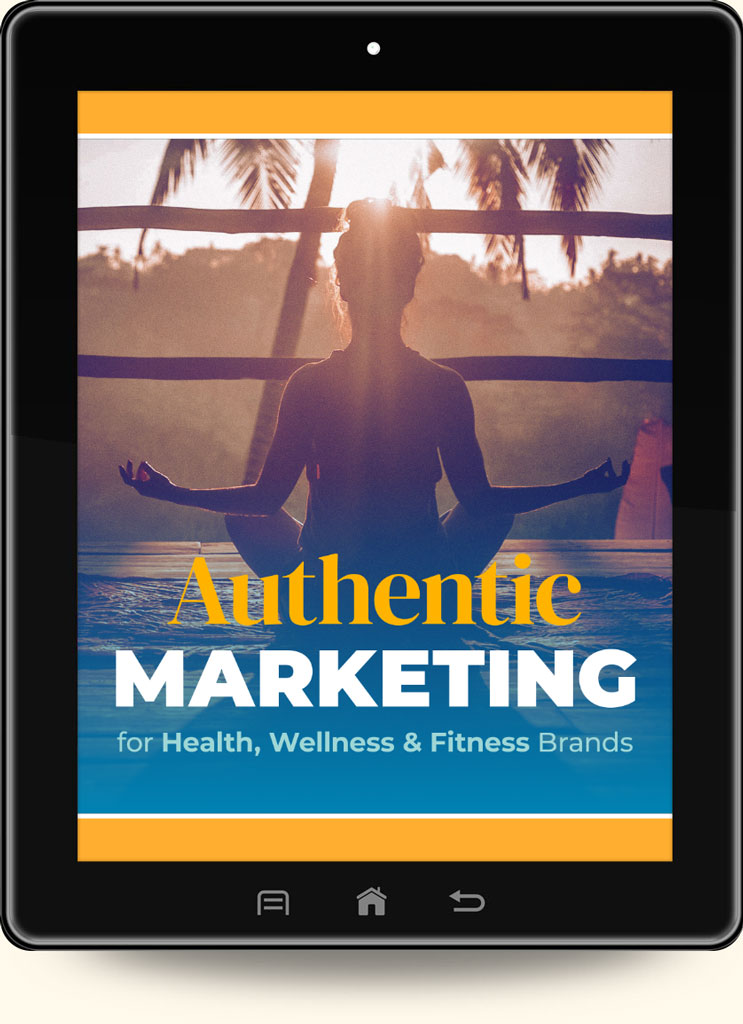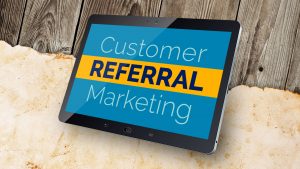Branding benefits
Branding is the story of you. Defining your brand creates focus and can communicate the benefits of doing business with you (rather than your competition). After all, your clients and customers have unique needs. Your brand messaging aligns these needs with the benefits you offer. A vital goal of branding is to make this connection.
Shared small business pain
I’ve worked with hundreds of small businesses for almost two decades. This work includes thousands of print ads, marketing pieces, websites, and targeted marketing designs. The number one problem for small business marketing is a lack of clarity.
The majority of small businesses offer too many options to too many targets (at the same time). To capture all potential revenue, companies cast a wide, unfocused, and ineffective marketing net.
Signs of “wide net” marketing
- Offering too many options for products or services
- Complicated offers with mixed messaging
- Saying “Yes! We can do that!” to most inquiries and requests without a qualification process
- Experiencing workload logjams, peaks, and valleys – inability to juggle requests
- Marketing procrastination
- Feeling like finding new business is overwhelming or confusing
- Haphazard or random marketing attempts
Brand Overview Example
A Brand Overview is a collection of lists that describe your business and help clarify your brand. A Brand Overview does not need graphics. Handwritten lists are just fine. Start where you like, jump around, there’s no wrong way. Most sections take as little as five minutes to complete.
Why create a Brand Overview?
- Enables repetition
- Creates ready-made marketing verbiage for future use
- Adds focus to your unique attributes
- Showcases your special skills and competitive advantages
- Improves recall when describing your services to potential customers and clients
- Identifies and eliminates unqualified prospects
- Emphasizes core business strengths
- Narrows the spotlight on essential product and service offerings
- Pinpoints your target audience and key markets
- Clarifies benefits for customers
- Uncovers more customer needs
- Motivates your team toward a specific vision
- Reminds your team of what not to pursue
- Organizes past experiences
- Simplifies marketing efforts
1. Epicenter

Your Epicenter is the product or service at the core of your business. It’s your bread and butter offering. If you run a hot dog stand, your Epicenter is hot dogs. Too much focus on ketchup, mustard, and relish without a good dog is a waste of time.
Until you’ve identified a solid epicenter, peripheral offerings are potential distractions. They can blur your message.
2. Specialization
Understanding your Epicenter is paramount, but having a clear picture of your specialization is also important. Most successful small businesses are specialized in a niche. While you should certainly communicate your brand around your Epicenter, don’t forget to be clear and specific when it comes to your secret sauce and Specialization.
3. Vision

Where will your business be two to five years from today? What goals will be important to you? How will you measure success? To understand what’s necessary this year, you need to know where you are now and where you’re heading. A focused Vision statement directs your decisions from the mid-term to day-to-day.
4. Mission
Your Vision is how you see your business in two or more years. Your Mission is what you’re doing day-to-day (and what gets you out of bed in the morning). If you’re on a mission, it’s a journey. What does that journey look like today? Odds are, it’s just like what you did yesterday and what you’ll do tomorrow.
5. Key Tools
What do you use to get the job done? If you’re a forklift operator, chances are a forklift is a vital tool for you. The power behind identifying Key Tools is qualifying potential opportunities. If something requires you to adopt a new tool, you should pay attention to what that means. It may be an opportunity, or it may lead you down a path you’re not prepared to take.
Hedgehog Concept

A Hedgehog Concept is a business’ core strategic road map. It consists of three simple ideas: passion, skill, and financial reward. There are many images out there, so I recommend a quick Google search for “hedgehog concept.” Please do it now, and I’ll wait.
I recommend the book Good to Great by Jim Collins. He goes into great detail about what a Hedgehog Concept is and why it’s valuable. Good to Great is a must-read for anyone trying to improve their business. It’s a classic business development book.
Guiding Principles
Your Guiding Principles are reminders. If you had a time machine and could go back and tell yourself your “secrets of success,” what would they be? What have you learned in your career that helps you stay prosperous and on track? If you were to advise a new business in your industry, what would you say?
Primary Products and Services
Which of your products and services are the most profitable? Where is the market demand? Do you have products or services that you can offer after you’ve made an initial sale? How do your products and services relate to your Key Segments? How are your products related to your services? Are you leaving anything on the table? Do your customers often request something specific?
Key Product and Service Segments
Product and Service Segments are categories for different ways your business makes money. Each segment represents a “kind” of customer that deserves individualized attention. The clearer you are on your segmentation, the easier it is for your customers to understand you. Segmenting your products and services gives everyone attention without creating confusion.
Audience and Key Markets
Your Audience is associated with a large group of people interested in your Epicenter. Your Key Markets are smaller groups related to your product or service segments. Your brand message must speak to your Audience at large. It’s best when you only target one or two Key Markets at a time with your marketing efforts and campaigns.
Competitive Advantages
Your Competitive Advantage not only gives you an edge, but it meets your customers’ needs. These are the benefits that your business offers that your competition can’t meet. What makes you unique? Why do people choose your product or service? What do you do that makes people’s lives better?
Proof of Concept
Your Proof of Concept is evidence demonstrating your ability to deliver on promises. It’s one thing to say that you’re the best, but it’s more powerful when you point to something tangible. For example, a wedding photographer can describe their work all day long. But you’re going to want to see their portfolio before hiring them for your big day.
Benefits Promises
Benefits Promises are the flip side of your customers’ needs. If you’ve been in business long enough, you’ve learned that meeting a need is paramount. Benefits Promises are answers to known problems. When you identify the needs of your Key Markets, you’re able to develop Benefits Promises that address the demand.
Differentiation and Uniqueness
Some say that being different is better than being good, and they’re right. If you can stand out and become memorable, you’ve got a better chance of sticking around. Besides, being is good is boring. We all want something new and unique that can enrich our lives.
So what makes your business attractive and exciting? What’s different about it? What separates you from the next guy or gal?
SWOT Analysis
A SWOT Analysis is a description of your primary strengths, weaknesses, opportunities, and threats. It’s a great tool to remind yourself that you can’t be all things to all people. Focus your messaging on your strengths and opportunities. Make sure you’re not marketing to audiences who overlap with your weaknesses and threats. That’s a bumpy road.
Stop List
Sometimes failures are “field tests.” You try something, it doesn’t work, and you move on. If you continue this exercise, you find yourself in a tricky situation. That’s why it’s an excellent exercise to list the items that don’t work. Regardless of how attractive an opportunity, if it doesn’t work, you have to stop.








